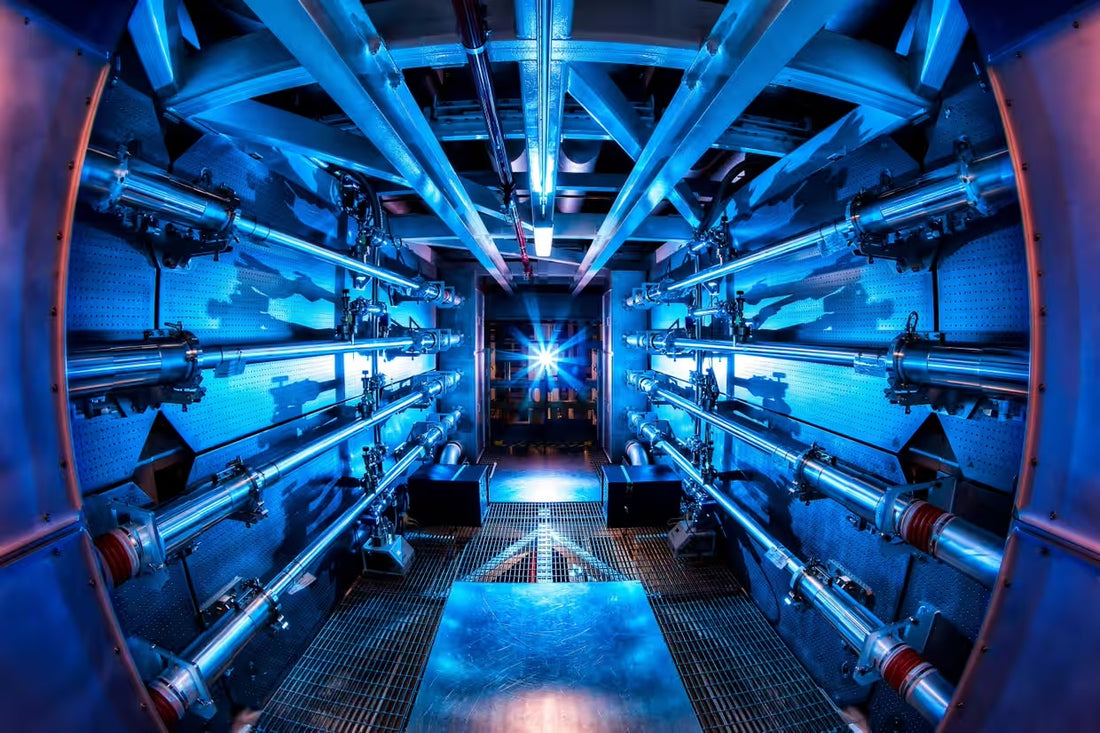American scientists have reached another crucial milestone in nuclear fusion research. They achieved a net energy gain for the second time from nuclear fusion.
This development is a big step in the search for clean and limitless energy.
On July 30th, researchers from the Lawrence Livermore National Laboratory in California replicated their previous success with fusion energy. But this time, scientist surpassed their December feat in terms of net energy released.
Nuclear fusion occurs by smashing together light elements such as hydrogen to form heavier elements, and in the process a huge burst of energy is released.
This approach with nuclear fusion has huge potential as a sustainable, low-carbon energy source.
It's the same approach that gives rise to the heat and light of the sun and other stars.
In December, the Lawrence Livermore team used lasers to achieve a net energy gain in a fusion experiment. This process, called fusion ignition, produced 3.15 megajoules of energy, surpassing the 2.05 megajoules of laser energy used.
This is significant because it was the first time more energy was released by the fusion process than was put in.
The US Department of Energy praised this as a major scientific breakthrough that could impact national defence and a transition to clean energy.
Fusion energy has the potential to provide abundant clean power without greenhouse gas emissions or radioactive waste. A fusion fuel mix of heavy hydrogen, deuterium, and tritium, can deliver as much energy as 10 million kilograms of fossil fuels. However, while this achievement is significant, turning it into practical power plants will take more time and research.
How is nuclear fusion different from nuclear power plants?
Currently, nuclear power plants rely on fission, where atoms are split to generate energy. This is a central theme in the blockbuster film "Oppenheimer." Despite yielding ample clean energy, safety concerns have shadowed nuclear power. However, in light of the global drive to reduce carbon emissions and fight climate change, nuclear power is experiencing a resurgence.
Fusion, on the other hand, generates energy by merging - or fusing - atoms together. This concept unleashes almost unlimited clean energy without the radioactive waste or meltdown risks associated with nuclear power. Furthermore, the fuel needed for fusion is abundant: heavy hydrogen atoms, readily available in seawater, eliminating the need for uranium mining.
While researchers have triggered fusion reactions in the past, the energy required to run the experiments has exceeded the energy gained. The significance of the last 2 experiments lies in achieving more energy output than input, a breakthrough long sought after in fusion research.
This newfound efficiency is the coveted achievement researchers have been pursuing.
While this is not an immediate solution to the climate crisis, this progress shows that we are moving closer to harnessing powerful, clean energy sources, and we are moving closer to net zero emissions.
It's a major #WinForThePlanet 🙌🏼

